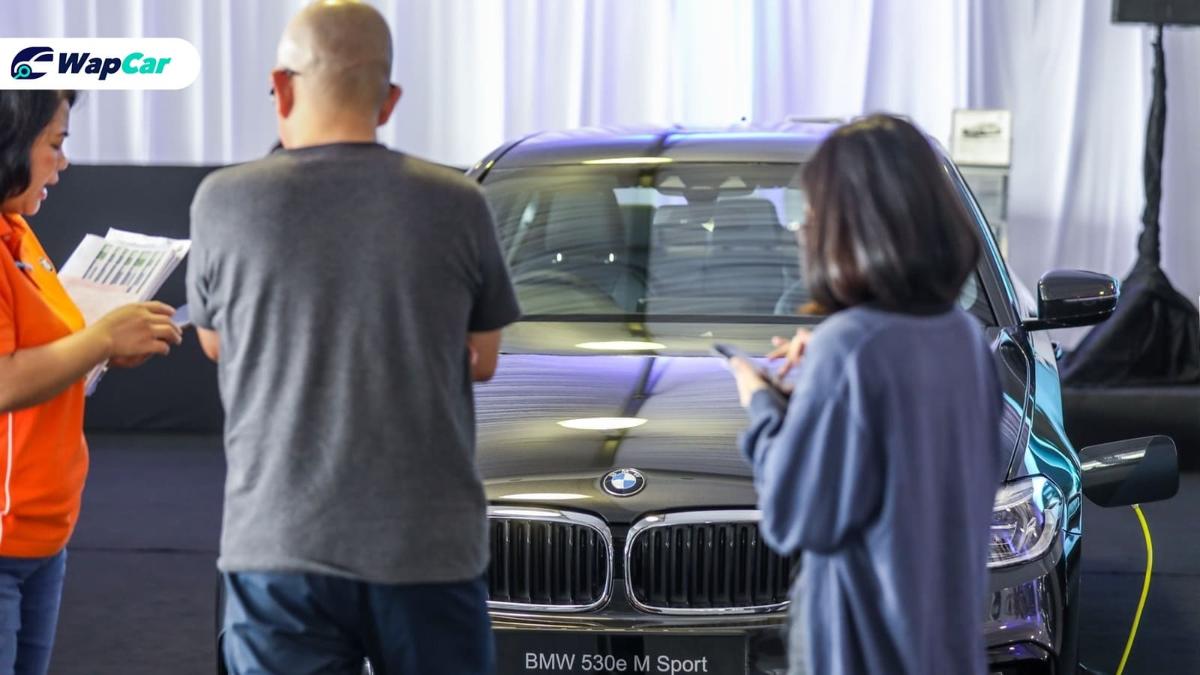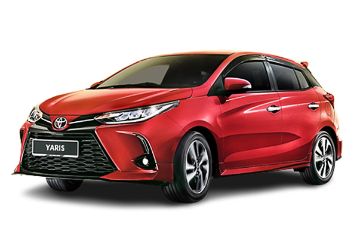![Sales tax exemption: Some cars save you just RM 1k, others over RM 10k, find out which is which 01]()
As you already know, the government has announced that it will be waiving the 10 percent sales tax for locally-assembled (CKD) cars while imported (CBU) cars will see their sales tax reduced by half, to 5 percent. The sales tax exemption/reduction is applicable from 15-June to 31-December 2020.
Specifics on how will this be implemented are still unclear, so we will have to wait a little longer. For example, will the kick-off/cut-off date be determined based on the vehicle’s registration date or date of deposit paid?
Until this is cleared up by the government, dealers will have trouble explaining to customers.
![Sales tax exemption: Some cars save you just RM 1k, others over RM 10k, find out which is which 01]()
Note that exemption applies only to new locally-assembled cars. Used cars and reconditioned cars don’t qualify for this temporary sales tax exemption/reduction.
Back to the main question – how much money can you realistically expect to save? In short, not much.
The 10 percent sales tax constitutes only a small part of a new car’s price. The bulk of the inflated price of our cars is coming from excise tax and import tax, both remain unchanged.
Also, 10 percent of RM 50,000 is just RM 5,000 while 10 percent of RM 200,000 is RM 20,000, so unless you are buying a high-end car, the quantum of savings is not going to be any different from the seasonal promotions given out by dealers, because that's just how percentages work.
Also, the way sales tax is calculated means that the actual reduction in prices is a lot less than 10 percent.
At the point of publishing this, all car companies have yet to announce their new price list. Understandable considering the points raised in the second paragraph, as well as the necessary consultation with the Ministry of Finance and Customs.
We don’t expect the new prices to be announced until later this week.
However, you can make some rough estimates based on difference in prices during the 0% GST 0% SST period in 2018, shortly before we transitioned to the current 10 percent sales tax.
![Sales tax exemption: Some cars save you just RM 1k, others over RM 10k, find out which is which 02]()
Take Perodua for example, the difference in price for the highest specifications Axia was merely RM 1,230. For the highest specifications Myvi 1.5L Advance, the difference was only RM 1,904.
Higher end cars like the Mercedes-Benz E200, as expected, saw a much higher difference – RM 13,859.
The list of qualified CKD cars can be found here.
Below is a simple estimate on how much savings you can expect to get when buying any of these popular CKD models. Note that this is just an estimate based on the difference between the 0% GST 0% SST period and the implementation of the 10 percent sales tax in 2018. Actual difference in prices could be less, especially for EEV models.
Perodua Axia: Up to ~RM 1,200
Perodua Bezza: Up to ~RM 1,300
Perodua Myvi: Up to ~RM 1,900
Perodua Alza: Up to ~RM 2,800
Proton Saga: Up to ~RM 1,500
Proton Persona: Up to ~RM 2,000
Proton Exora: Up to ~RM 3,000
Proton X70: Not available in 2018, estimated ~up to RM 5,000
Toyota Vios: Up to ~RM 4,300
Toyota Yaris: Not available in 2018, but should be similar to Vios
Toyota Innova: Up to ~RM 7,000
Toyota Fortuner: Up to ~RM 9,500
Honda City: Up to ~RM 2,800
Honda Jazz: Up to ~RM 2,700
Honda BR-V: Up to ~RM 2,700
Honda HR-V: Up to ~RM 4,000
Honda Civic: Up to RM 4,200
Honda Accord: 1.5 TC-P not available in 2018, estimated up to ~RM 8,000
Honda CR-V: Up to RM 7,000
Mazda CX-5: Up to ~RM 8,000
BMW 320i/330i: Variants not available in 2018, estimated up to RM 12,000
BMW 530e: Up to ~RM 4,000
BMW 530i: Up to ~RM 13,000
Mercedes-Benz C200/C300: Pre-facelift model sold in 2018, estimated up to ~RM 13,000
Mercedes-Benz E200: Up to ~RM 14,000
Other popular models like the Ford Ranger, Mitsubishi Triton, Toyota Camry, Toyota Corolla Altis, Mazda 2, Subaru Forester are imported from Thailand so these will see a lower reduction in prices. Likewise for the Indonesia-made Toyota Avanza.









